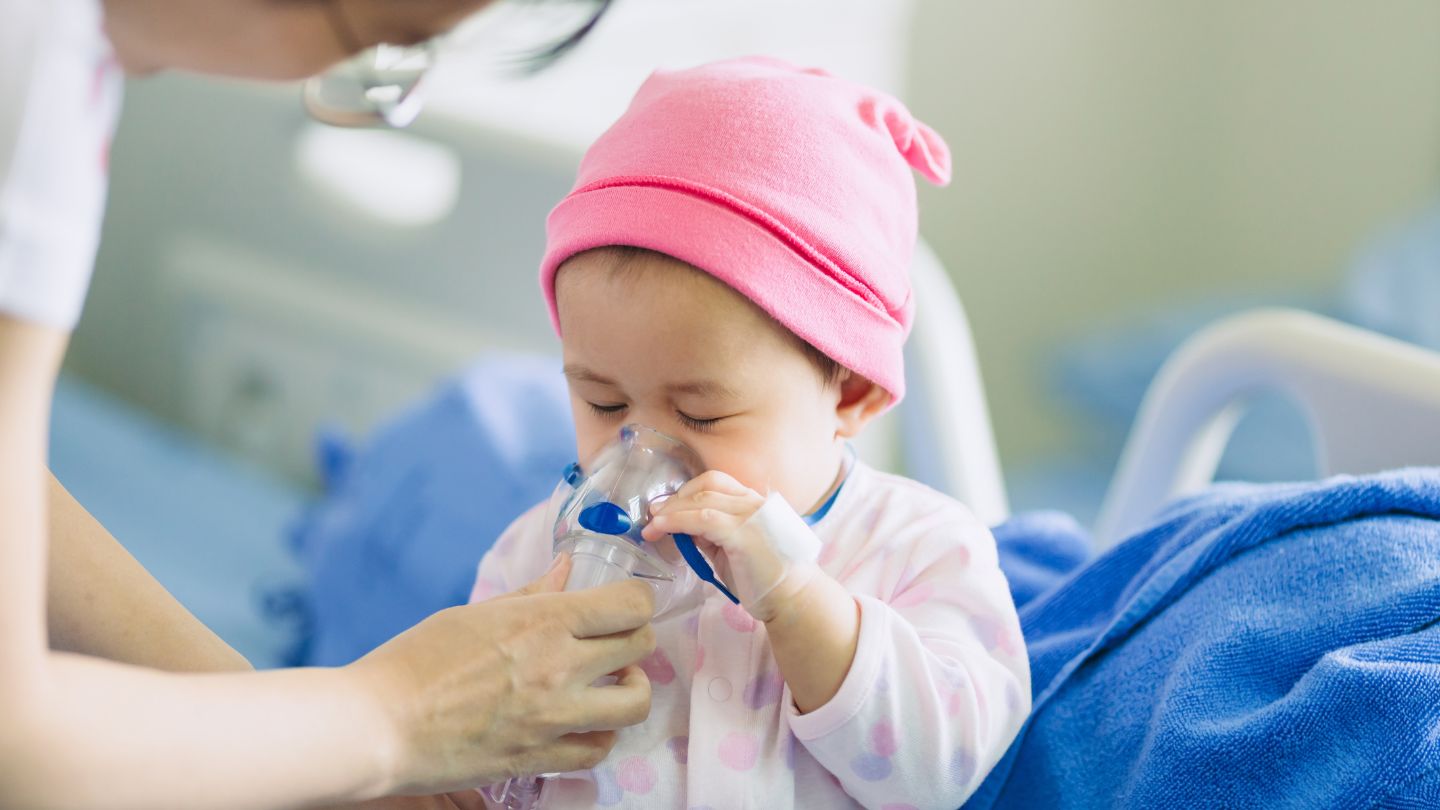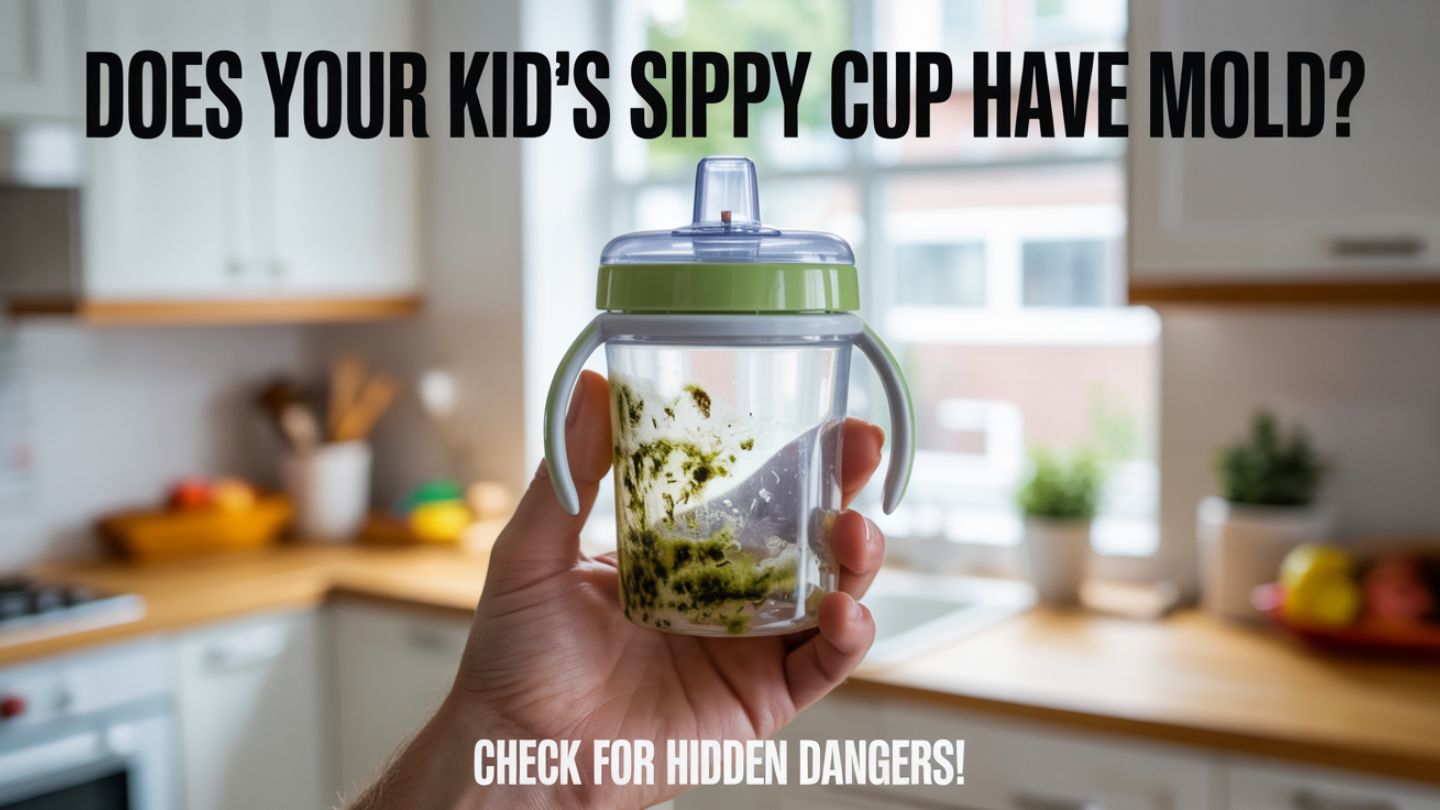Every parent wants to keep their child safe and healthy, but sometimes hidden dangers lurk where you least expect them—like in your child’s favorite drinking cup. It’s not uncommon for parents to discover mold in sippy cup lids, straws, or valves after weeks of daily use. This issue might seem minor, but mold exposure can have serious health consequences for young children. Understanding how mold forms, how to detect it, and how to prevent it can protect your child from unnecessary illness.
Why Mold Grows in Sippy Cups and Straws
Mold thrives in warm, moist environments—conditions that are practically built into every child’s sippy cup. Milk, juice, and formula residue often settle inside narrow spouts or rubber seals where brushes and water can’t easily reach. Over time, bacteria and organic matter create the perfect breeding ground for spores.
A common culprit is the mold in sippy cup straw. Straws tend to trap liquid even after rinsing, and without proper drying, the interior can host mold colonies within just a few days. Similarly, the valves under the lid collect trapped moisture that’s rarely exposed to air, accelerating mold growth. Parents should regularly disassemble all parts of the cup, including the silicone valves and rubber rings, to allow full cleaning and drying.
Another key factor is poor storage. Keeping sippy cups closed immediately after washing traps humidity inside. Instead, cups should be stored open or upside down in a ventilated area to allow thorough air circulation.
Health Risks and Symptoms of Mold Exposure
Exposure to mold can cause a range of reactions, especially in children whose immune systems are still developing. One of the most alarming situations for parents is discovering black mold in sippy cup symptoms after their child has used a contaminated cup. Black mold (Stachybotrys chartarum) is particularly harmful because it releases mycotoxins that can irritate the respiratory system and digestive tract.
Common mold in sippy cup symptoms include coughing, sneezing, nausea, and vomiting. Some children may experience abdominal pain or allergic responses like skin rashes and watery eyes. In more severe cases, exposure could trigger asthma flare-ups or chronic respiratory irritation. The danger increases when ingestion or prolonged contact occurs.
If your child exhibits these symptoms, monitor their condition and contact a pediatrician. Mention the potential mold exposure so the doctor can provide appropriate guidance or testing if necessary. While most cases resolve quickly once the source is removed, persistent or worsening symptoms require medical attention. If mold growth extends beyond your child’s cup—such as in walls, vents, or flooring—it’s essential to understand what to do if you find mold inside your home to prevent further exposure.
How to Detect Mold in Sippy Cups and Baby Bottles
Detecting mold isn’t always straightforward. Sometimes the contamination is visible as black, green, or brown spots, but in many cases, sippy cup mold hides deep inside opaque straws, under rubber seals, or in valves that aren’t easily accessible.
Here’s what parents should check:
- Odor test: A sour, musty, or earthy smell usually indicates mold buildup.
- Discoloration: Check for dark or slimy patches, especially around silicone parts.
- Residue: Any sticky or grainy texture inside the cup can signal bacterial or mold growth.
- Hidden compartments: Remove every detachable part, including straws, spouts, and valve inserts, to inspect for hidden buildup.
If you spot any signs of contamination, discard the affected cup or sanitize it immediately using boiling water or a sterilizer. Household temperature and humidity levels can also influence how fast mold develops. Learning how climate affects the growth of mold and at what temperature and humidity it thrives can help parents manage their home environment more effectively.
Cleaning and Disinfecting Sippy Cups to Remove Mold

Thorough cleaning is the most effective way to eliminate mold and prevent its return. A simple rinse isn’t enough; cups must be fully disassembled and scrubbed with specialized tools. Follow these steps to keep your child’s drinking items safe:
- Disassemble completely: Remove all parts, including valves, straws, and lids.
- Soak in hot soapy water: Submerge all components for at least 10 minutes.
- Use cleaning brushes: Bottle and straw brushes reach deep crevices that sponges can’t.
- Rinse and disinfect: After washing, rinse with a diluted vinegar or baking soda solution to kill remaining spores.
- Air dry fully: Never reassemble or store a damp cup. Allow parts to dry completely before use.
- Dishwasher option: If parts are dishwasher-safe, use a sanitizing cycle for optimal results.
Pay particular attention to the valves and straws—these are the most frequent hiding spots for mold in sippy cup. Regular cleaning prevents buildup and ensures your child’s drinking container stays hygienic.
Prevention Tips to Avoid Mold in Sippy Cups and Baby Items
Prevention is simpler than repeated cleaning. By incorporating a few habits into your daily routine, you can drastically reduce mold formation:
- Rinse cups immediately after each use to remove milk or juice residue.
- Air dry cups and lids separately to avoid trapped moisture.
- Replace silicone valves and straws every few months.
- Choose cups with fewer hidden compartments or dishwasher-safe designs.
- Avoid sealing damp cups in lunch bags or diaper packs.
Additionally, check your child’s other items, like bath toys, pacifiers, and teethers. The same principles apply—standing water and poor ventilation create mold hot spots across many baby products. For parents planning to move into a new property, arranging an inspection can provide peace of mind. The top reasons to have a mold inspection before buying a home explain why early detection safeguards your family before issues begin.
What to Do If Your Child Has Ingested Mold

Accidentally consuming mold can be unsettling, but most mild exposures do not lead to serious illness. If your child drank from a moldy cup, monitor for black mold in sippy cup symptoms such as stomach upset, fatigue, or coughing. Offer water to flush the system and watch for signs of distress.
If any symptoms worsen or your child develops a fever or breathing difficulty, contact your healthcare provider right away. Bring the contaminated cup if possible—it helps the pediatrician determine the type and potential severity of mold exposure. When contamination extends beyond isolated items, professional testing is key. Understanding what happens during a mold inspection gives you insight into how experts identify and treat hidden mold within your home. Always err on the side of caution when it comes to children’s health.
Final Thoughts for Parents
Mold in sippy cups is a silent but solvable problem. Routine cleaning, careful inspection, and replacement of worn parts are all it takes to keep your child’s drinking items safe. By taking a few extra minutes each day, you can prevent contamination and protect your child from avoidable exposure.
If you suspect a recurring mold problem in your home environment, especially if you notice mold growth in kitchens, bathrooms, or HVAC systems, it may be time for professional help. Mold B Gone, based in Georgia, provides expert inspection and remediation services designed to eliminate hidden mold from your home. Visit our website to schedule an evaluation and safeguard your family’s health.
Frequently Asked Questions
How does mold form in sippy cups?
Mold forms in sippy cups when leftover milk, juice, or formula remains trapped in tight spaces like straws, lids, and rubber seals. The combination of moisture, warmth, and organic residue creates an ideal environment for mold spores to grow if the cup isn’t cleaned and dried properly.
What are the symptoms of mold exposure in children?
Common signs of mold exposure include coughing, nausea, stomach discomfort, sneezing, or skin irritation. In more serious cases, especially when black mold in sippy cup symptoms appear, children may experience respiratory issues or allergic reactions. Always consult a pediatrician if symptoms persist.
How can I tell if my child’s sippy cup has mold?
Look for visible black or brown spots, residue buildup, or a musty odor. Disassemble the cup completely and inspect all parts—especially straws, silicone valves, and spouts. If you find discoloration or slime, the cup likely contains mold and should be sanitized or replaced.
How should I clean and disinfect sippy cups to prevent mold?
Disassemble all parts, soak them in hot soapy water, scrub with a bottle brush, rinse thoroughly, and air dry completely. For extra sanitation, use a vinegar or baking soda solution. Dishwasher-safe cups can also be run through a sanitizing cycle for added protection.
What should I do if my child drank from a moldy cup?
Stay calm and observe your child for mold in sippy cup symptoms like upset stomach or coughing. Give them water to help flush any mold from their system, and contact your pediatrician if symptoms worsen or persist. Bring the cup to your doctor if possible to help identify the type of mold involved.

